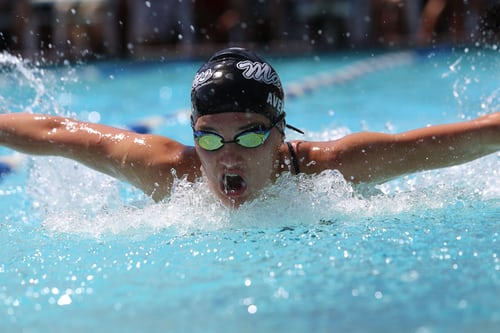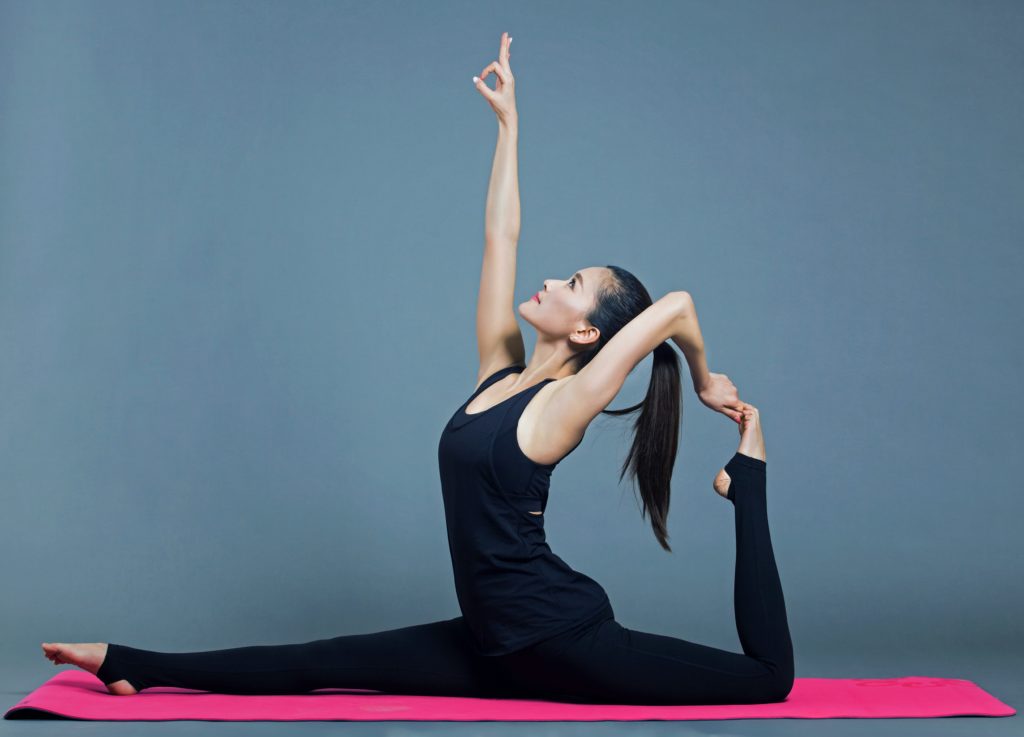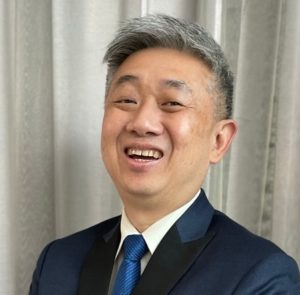Exercise is a form of ADHD Medication. Unlocking ADHD writer Yiannis Kourakis takes a look at how exercise enables ADHDers to focus on their goals.

“Your son will never be able to focus on anything.” Michael was in sixth grade when he got diagnosed with ADHD. He would fidget in class, his grades were bad, and he constantly annoyed other kids as he wanted to be the centre of attention. Fast forward a few years – Michael has won 28 Olympic medals in swimming, out of which 23 were gold medals! This is the story of Michael Phelps, an American swimmer and the most decorated Olympian of all time.
Exercise, a coach that believed in him, together with consistent practice and dedication were the key ingredients to unlocking Phelps’ potential. As he wrote in his book, “Beneath the Surface“, Phelps initially hated the pool and swimming. But as he slowly learned how to swim, he was able to channel all his energy and hyper-focus into it – and excel.
The link between exercise & ADHD has been well-researched. While not everyone goes on to become a decorated athlete like Phelps, regular exercise can help ADHDers live their lives to their fullest and unlock their potential.
Why is Exercise Important for ADHDers?

Dr. John Ratey, Associate Clinical Professor of Psychiatry at Harvard Medical School and an internationally recognized expert in Neuropsychiatry, says that exercise particularly benefits the “executive function” of our brains (the prefrontal cortex). This executive function, or the “CEO of the brain” is responsible for tasks like planning, organization, prioritisation, learning from mistakes, maintaining focus, and our short-term working memory.
The more intense the workout, the more your brain likes it!
- Start your day off with a workout, which can have a beneficial impact on your prefrontal cortex for 2-3 hours.
- During the day, plan a “workout snack” either by doing a brisk walk, or going up and down the stairs.
Depending on your age, workout intensity and type of workout can differ.
- For younger kids with ADHD, the more the movement the better. Exercise helps to calm kids down.
- Finnish students are allowed a 15 minute break after 45 minutes of class every hour and two longer 30 minutes recess daily. Research has shown that this approach leads to higher student focus and consistent energy during the day. Finland’s standardized tests in math and science are amongst the highest in the world consistently.
What type of exercise is best?

All workouts are good. Exercises that involve hand-eye coordination or require higher focus of the mind are particularly beneficial.
- Dancing
- Fencing
- Yoga
- Swimming
- Gymnastics
The key is to pick a discipline that you like and consistently practice. With practice, Phelps found his comfort zone: “Once I figured out how to swim, I felt so free.” He recalls, “I could go fast in the pool, it turned out, in part because being in the pool slowed down my mind. In the water, I felt, for the first time, in control.”



















































